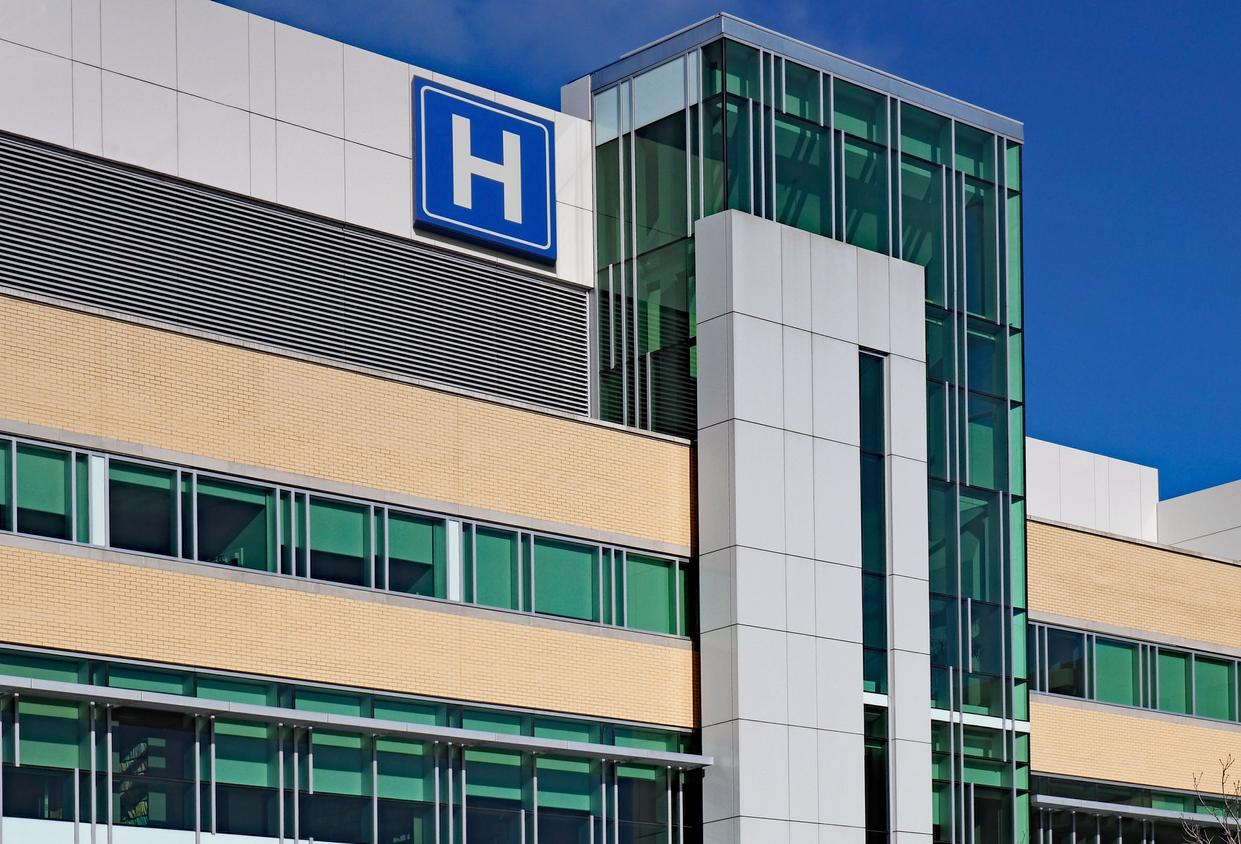Despite almost losing measles elimination status and a current threat from a novel coronavirus, more US states are prepared to handle a public health threat this year than last year, according to a new report card from Trust for America's Health (TFAH), a Washington, D.C.–based health advocacy group.
TFAH published its annual "Ready or Not" report card this week, and placed 25 states and the District of Colombia—compared to 2018's 17 states—in a high preparedness performance tier. Twelve states were placed in the middle tier, and 13 in a low tier.
"The increasing number of threats to Americans' health in 2019, from floods to wildfires to vaping, demonstrate the critical importance of a robust public health system. Being prepared is often the difference between harm or no harm during health emergencies and requires four things: planning, dedicated funding, interagency and jurisdictional cooperation, and a skilled public health workforce," said John Auerbach, MBA, the president and CEO of Trust for America's Health in a press statement.
The report card is based on 10 factors used to evaluate a state's readiness for a public health threat, including water security measures, accreditation by the Public Health Accreditation Board, and percentage of state's population that received seasonal influenza vaccine.
The biggest gain in preparedness came in the form of the Nurse Licensure Compact, which allows licensed nurses to practice in multiple jurisdictions during an emergency. Thirty-two states had the compact.
Flu vaccine rates rose slightly from 42% during the 2017-2018 flu season to 49% during the 2018-2019 season, but vaccination rates are still well below the 70% target, TFAH said.
Paid time off, hospital safety still concerns
In 2019, only 55% of employed people had access to paid time off, the same percentage as in 2018. TFAH said workers without paid time off are more likely to exacerbate infectious disease outbreaks,
"When workers without paid leave get sick, they face the choice of going to work and potentially infecting others or staying home and losing pay—or even their jobs," TFAH said. "Similarly, when workers without paid leave have children who get sick, they face the choice of sending their sick child to school and potentially infecting others or, again, staying home with their child and losing pay or even their jobs."
More concerning, TFAH said, was that only 30% of US hospitals earned top patient safety grades, up slightly from 28% in 2018.
"Hospital safety scores measure performance on such issues as healthcare associated infection rates, intensive-care capacity and an overall culture of error prevention," TFAH said. "Such measures are critical to patient safety during infectious disease outbreaks and are also a measure of a hospital's ability to perform well during an emergency.”
See also:
Feb 2020 TFAH Ready or Not report
TFAH press release

















